Pyrus is my attempt to package a set of oil and gas technical and commercial tools that I have developed and used over several decades into a more user-friendly piece of software. There are a variety of tools that cover a range of difference disciplines, including several for which free software alternatives are hard to find or don’t exist. The software is modular in nature, and only a few of the tools that I have developed are currently implemented in Pyrus. It is my ambition to continue to release new modules and functionality into the future. Whilst this software is not open-source, it is made available free of charge as a courtesy to other engineers who may find it useful.
Incidentally, the name Pyrus is the biological genus for the pear tree. So what? Well the initial incarnation of this suite of software tools was referred to as somewhat more cumbersome “Petroleum Economics And Resources” which has the acronym P.E.A.R. Rather than calling the software “Pear”, the biological genus “Pyrus” sounds more sophisticated and just seemed like a better option.
Documentation
Articles related to the development of the software are collected here.
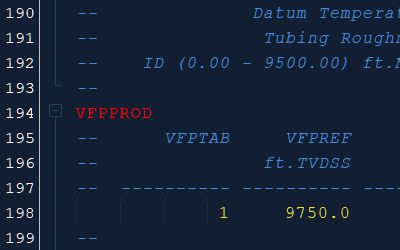
Generate Vertical Lift Performance
Generating a vertical lift performance input for reservoir simulation from field data alone.
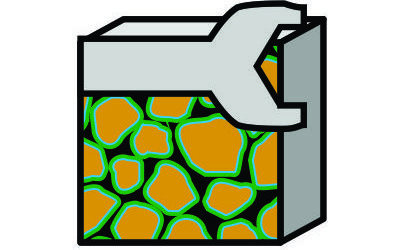
Rock Matrix Editor
Features of the rock matrix editor.
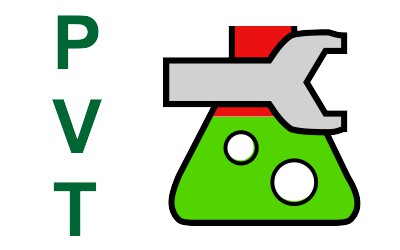
PVT Fluid Properties Tool
Features of the PVT fluid properties editing tool.
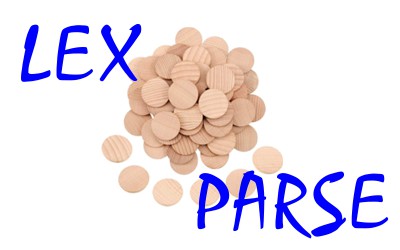
Implementing the ECLIPSE Language with NetBeans IDE
Implementing ECLIPSE simulator language support in the NetBeans IDE.
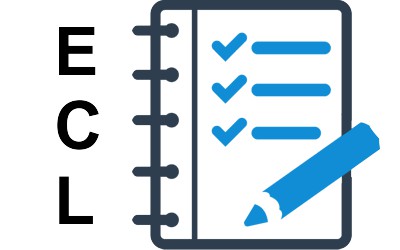
ECLIPSE Language Editor Features
Features to support editing of ECLIPSE simulation decks implemented in Pyrus.

CoolProp HEOS Versus Pyrus Implementation of PPR78 Equation of State
Incorporating the CoolProp equation of state library into Pyrus and comparison against the Enhanced Predictive Peng-Robinson equation of state.
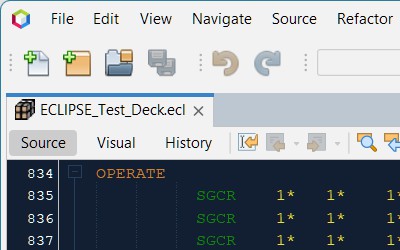
Writing an Editor for ECLIPSE Decks
Leveraging the NetBeans IDE to support editing of ECLIPSE language simulation decks for use in OPM Flow.
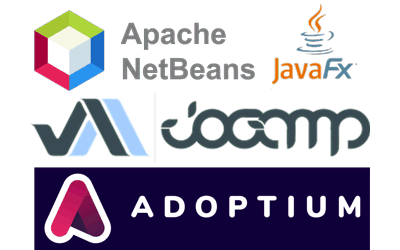
Getting the Java Ecosystem to Play Nicely Together
As the Java ecosystem continues to evolve its the little bits under the hood that need looking after.
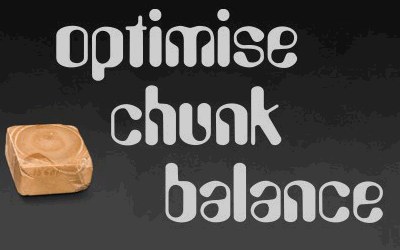
Optimised Chunking for Balanced Data Access
Optimising code and the shape of chunks to balance read times for different hyperslabs.
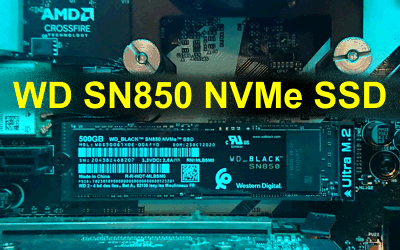
Parallel IO Improvements
Comparison of different libraries and chunk sizes for serial and parallel IO.
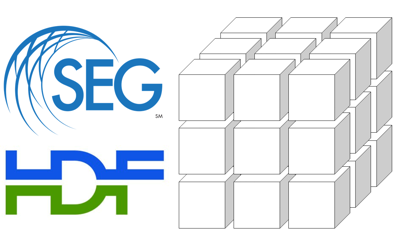
Chunking with the HDF5 Format
Speeding up average read time for SEG-Y files through use of a different file structure.

Benchmarking Inefficiencies in the SEG-Y Format
Development of a benchmark to read SEG-Y files and testing on different physical media.
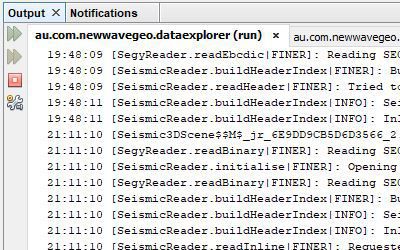
Logging in NetBeans Platform
How to set up logging in the NetBeans platforms with single line formatting and capturing timestamp, class, method and level of the invoked logging call.

Creating A Project Definition Rating
Explaining the basis and nature of the categories that are behind the project definition rating used in the Pyrus Suite.

Parallel Algorithm In NetBeans
How to integrate a parallel algorithm and progress measurements into a NetBeans platform application.

Introducing The Pyrus Suite
An oil and gas software suite created in Java for asset evaluation including volumetrics, material balance and economics.



